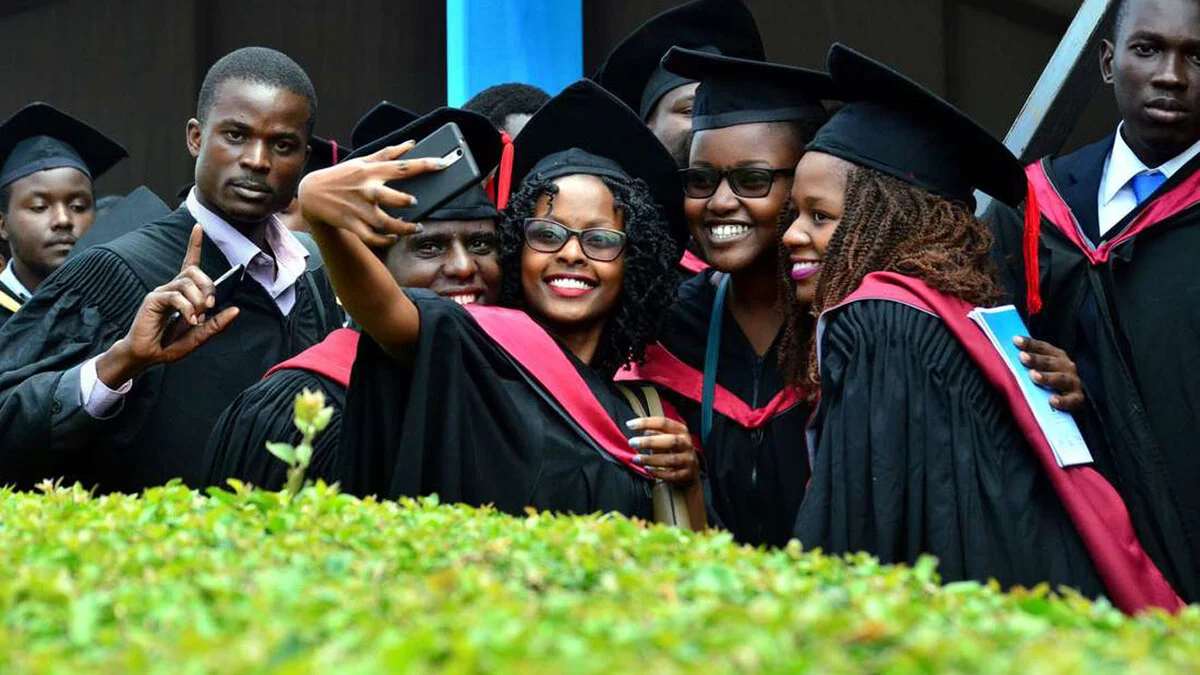Dissent has been rife since the implementation of the new university funding model aimed at providing more equitable access to higher education.
This model introduces a revised Means Testing Instrument (MTI) that categorizes students based on their household income and financial needs into five distinct bands.
The MTI, a critical tool in this new framework, ensures that government aid is allocated in a way that supports students according to their specific financial circumstances.
Commotion at the Kenya School of Government as students fiercely reject newly introduced funding model. pic.twitter.com/4OLwAdA8VW
— Cyprian, Is Nyakundi Kibiru (@C_NyaKundiH) August 9, 2024
Breakdown of the Five Funding Bands
1. Band 1: Extremely Needy and Vulnerable Students
– Scholarship: 70%
– Loan: 25%
– Household Contribution: 5%
– Upkeep Support: Ksh. 60,000
This group includes students from the most disadvantaged backgrounds, ensuring they receive the bulk of government assistance. The minimal household contribution aims to alleviate financial pressure on these families.
2. Band 2: Low-Income Families
– Scholarship: 60%
– Loan: 30%
– Household Contribution: 10%
– Upkeep Support: Ksh. 55,000
Students in this band come from low-income families requiring substantial financial aid. The model offers significant support, ensuring these students can access higher education without overwhelming their families.
3. Band 3: Needy Students from Modest Income Families
– Scholarship: 50%
– Loan: 30%
-Household Contribution: 20%
– Upkeep Support: Ksh. 50,000
Students in this category have families with modest incomes. They receive a balanced mix of scholarships and loans, with a reasonable household contribution.
4. Band 4: Middle-Income Families
– Scholarship: Not specified
– Loan: 30%
– Household Contribution: 40%
– Upkeep Support: Ksh. 45,000
– Description: This group includes students from middle-income families, who are required to cover a larger portion of their fees, reflecting their higher ability to pay.
5. Band 5: High-Income Families
– Scholarship: Not specified
– Loan: 30%
– Household Contribution: 40%
– Upkeep Support: Ksh. 40,000
Students from high-income families contribute the most towards their education, receiving less government support but still benefiting from the loan program.
Special Considerations and Affirmative Action
The model also considers special circumstances, such as students with disabilities, orphans, and those from marginalized areas. Affirmative action policies are integrated to ensure these students are fairly classified and supported, further promoting inclusivity in higher education.
Applications and Implementation
With the new guidelines in place, the government has reported that 85% of students who sat for the 2022 Kenya Certificate of Secondary Education (KCSE) and qualified for government funding have already applied. The application window remains open until the end of the year. It’s important to note that this new funding model applies only to the 2022 KCSE cohort while continuing students will continue to receive funding under the previous model.=
Key Features of the New Funding Model
1. Means Testing Instrument (MTI): The MTI categorizes students into groups based on their household income and socio-economic background, ensuring that the most vulnerable receive the most support.
2. Student-Centered Funding: The model shifts from institution-based funding to a more personalized approach, where funding follows the student according to their financial need.
3. Transparency and Accountability: Universities are now required to disclose the actual costs of their programs, which promotes transparency and allows students to make informed choices.
4. Impact on Private Universities: Unlike students in public universities, those attending private institutions are only eligible for government loans, not scholarships, raising concerns about equity.
This new funding model is expected to transform Kenya’s higher education landscape by making it more inclusive and responsive to the needs of students from diverse economic backgrounds. However, it also challenges universities to adapt and innovate in response to the changing funding dynamics.
Read Also: Education for the Rich: The Reality of New varsity Fees
















